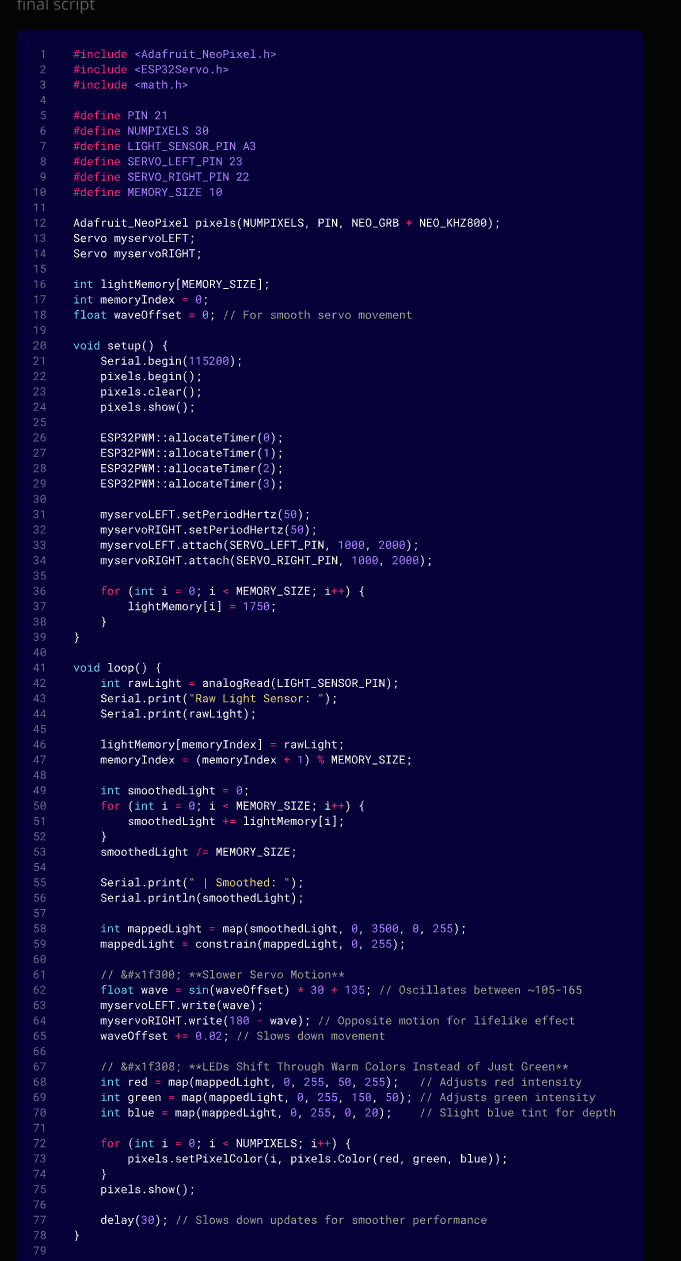Embedded Programming
This week focused on embedded programming—a deep dive into microcontrollers and firmware development. I learned the basics of low-level programming in C and explored how to write efficient, hardware-oriented code. I interfaced microcontrollers with various sensors and actuators, tackled real-time processing challenges, and debugged embedded systems. This experience provided a clear understanding of how software interacts with hardware to create responsive, reliable devices.
Hero Shot of the Week
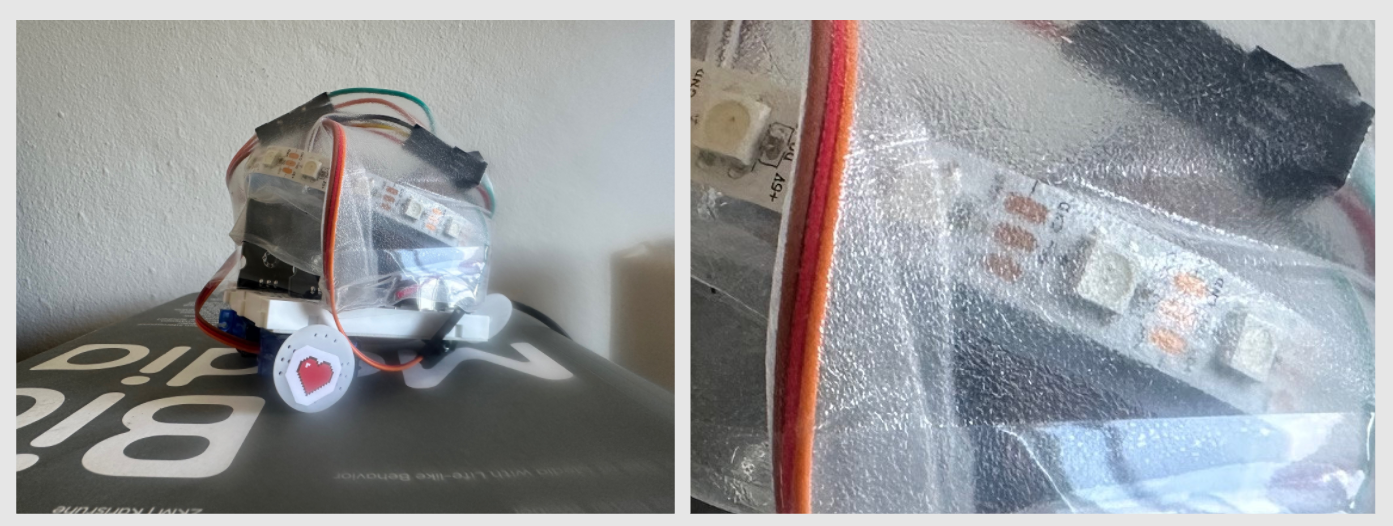
1. Raspberry Pi - Blink Test
Since my Adafruit HUZZAH32 was delayed in the mail, I used a Raspberry Pi Pico to blink the LED instead.
Steps:
- Downloaded and installed Thonny.
- Thonny couldn't detect my Pico, so I downloaded UF2.
- Plugged the Pico back in while holding the boot button.
- A new folder appeared, and I dragged the UF2 file into it.
- Now Thonny and Pico are communicating.

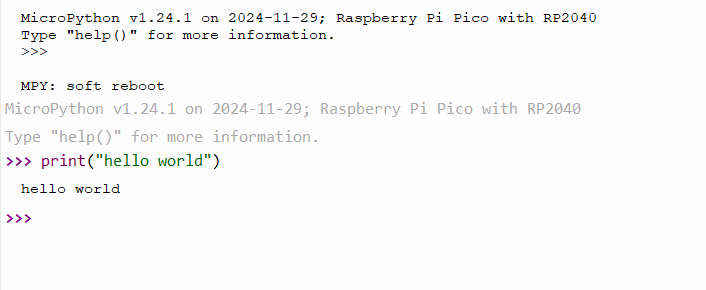
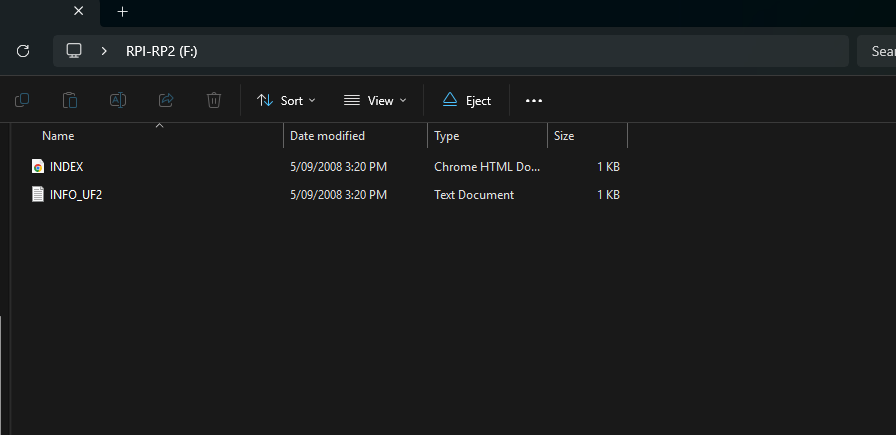
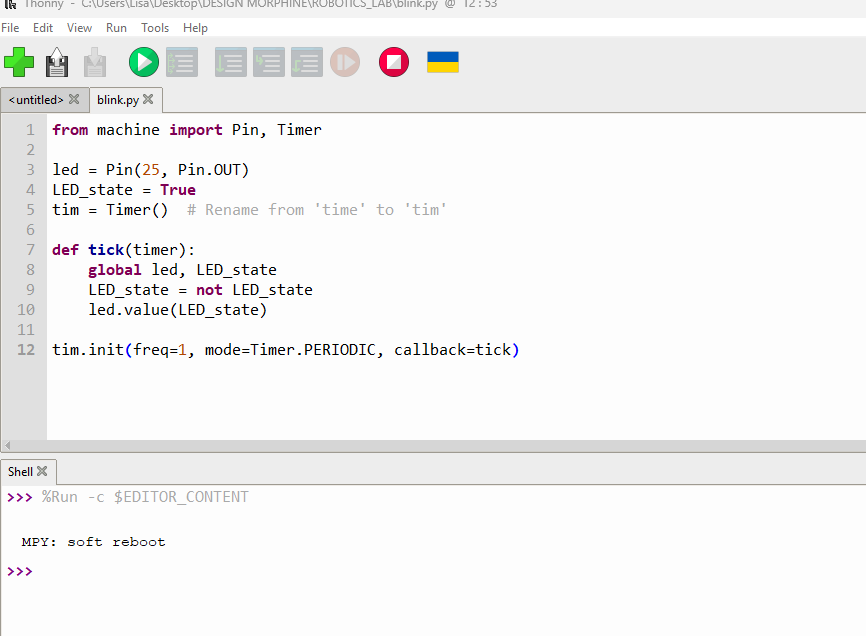
2. Arduino + Adafruit ESP32 Feather
I acquired an Adafruit chip and learned how to light up an LED strip and make servos rotate using Arduino.
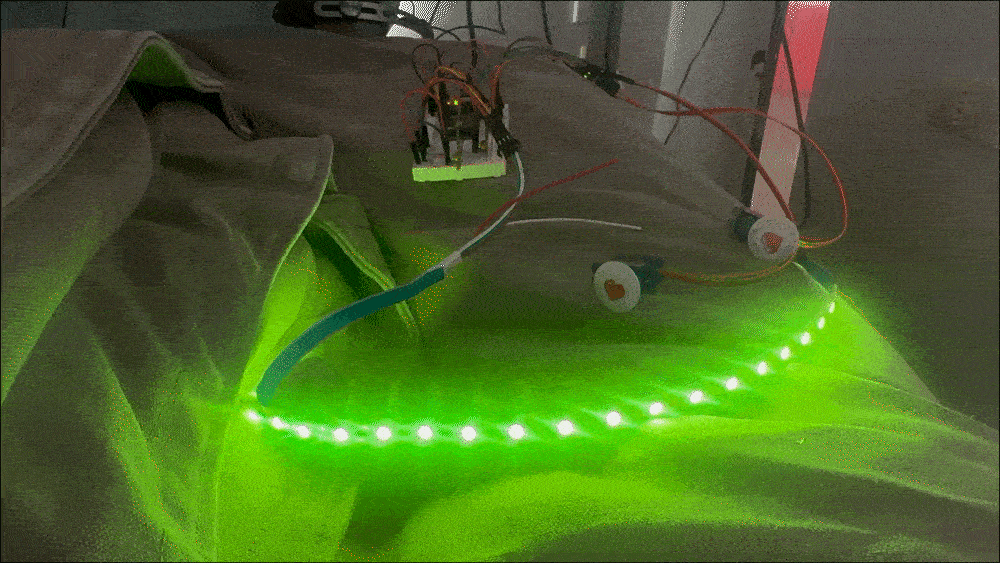
Steps:
- Added board/port to Arduino.
- Fixed a code error (capital 'I').
- Attached wires/chip to breadboard.
- Ran blink test.
- Initially only got 0s in the serial monitor.
- Swapped red and blue wires.
- Now only getting 4095 values.
- Realized I swapped the wrong wires.
- Re-wired correctly. Code didn’t execute due to too many LEDs.
- Cut the LED strip down to 30 LEDs.
- LEDs and servo working!
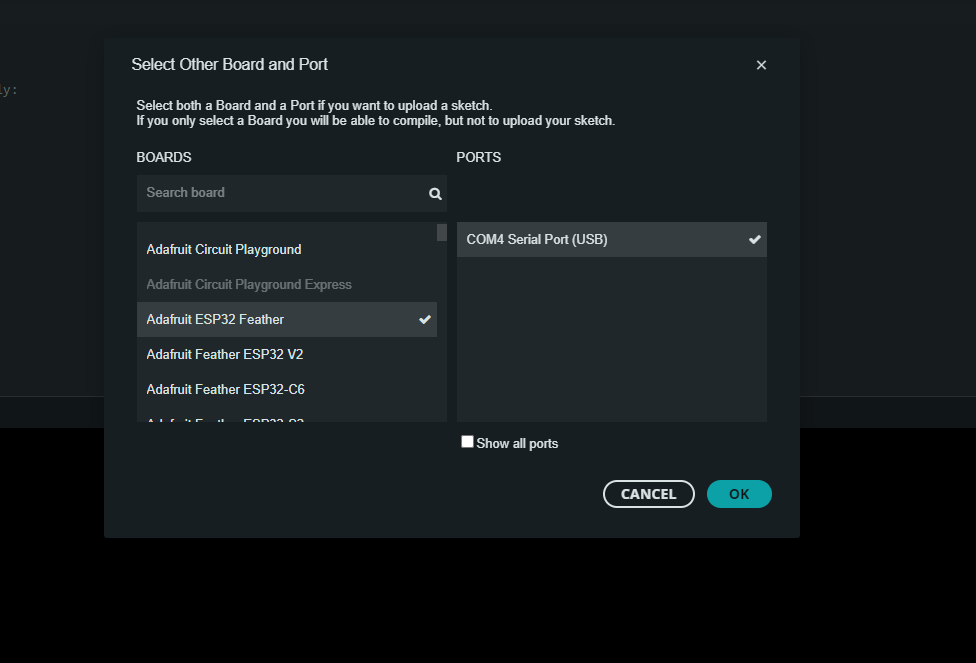
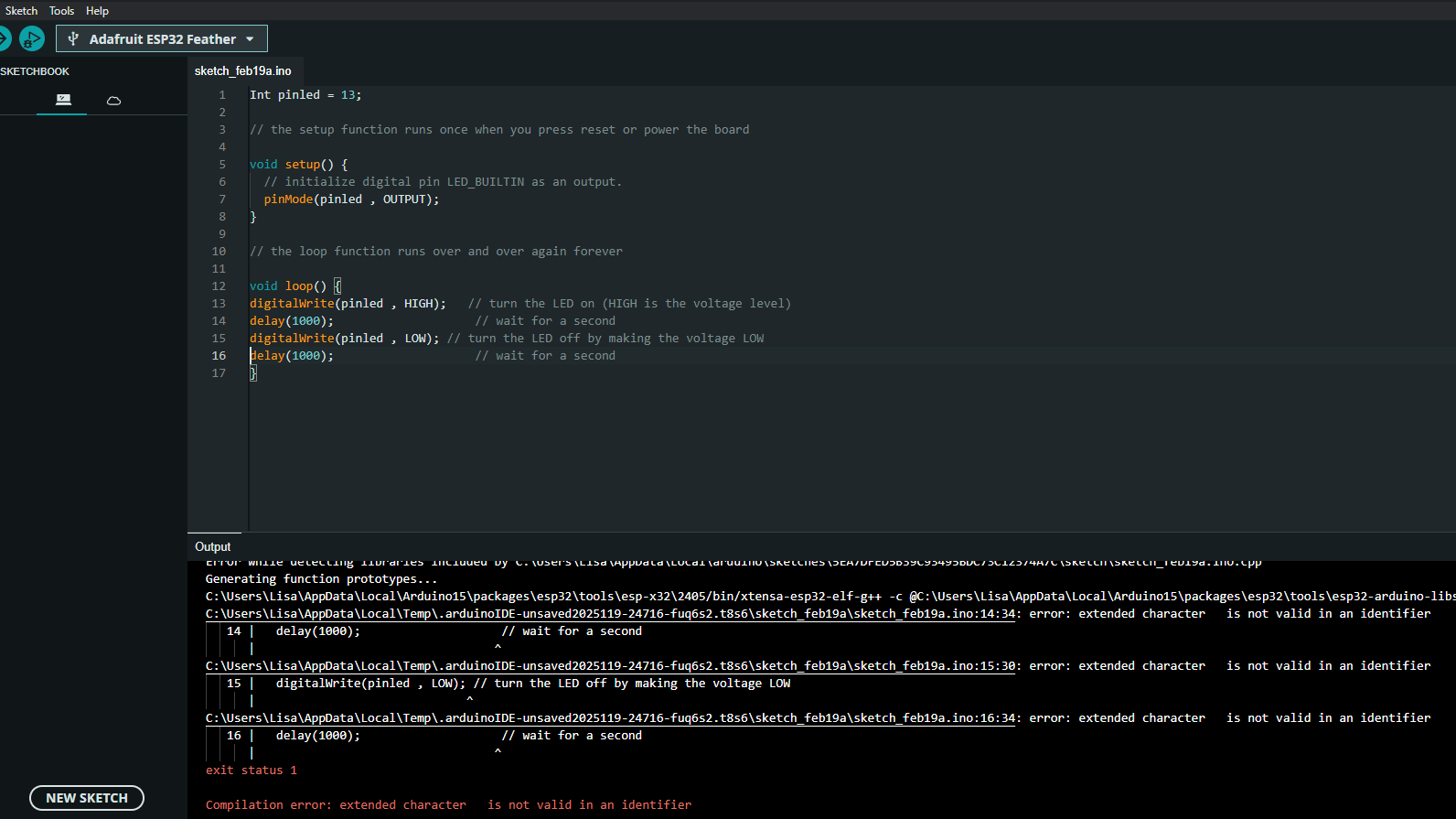
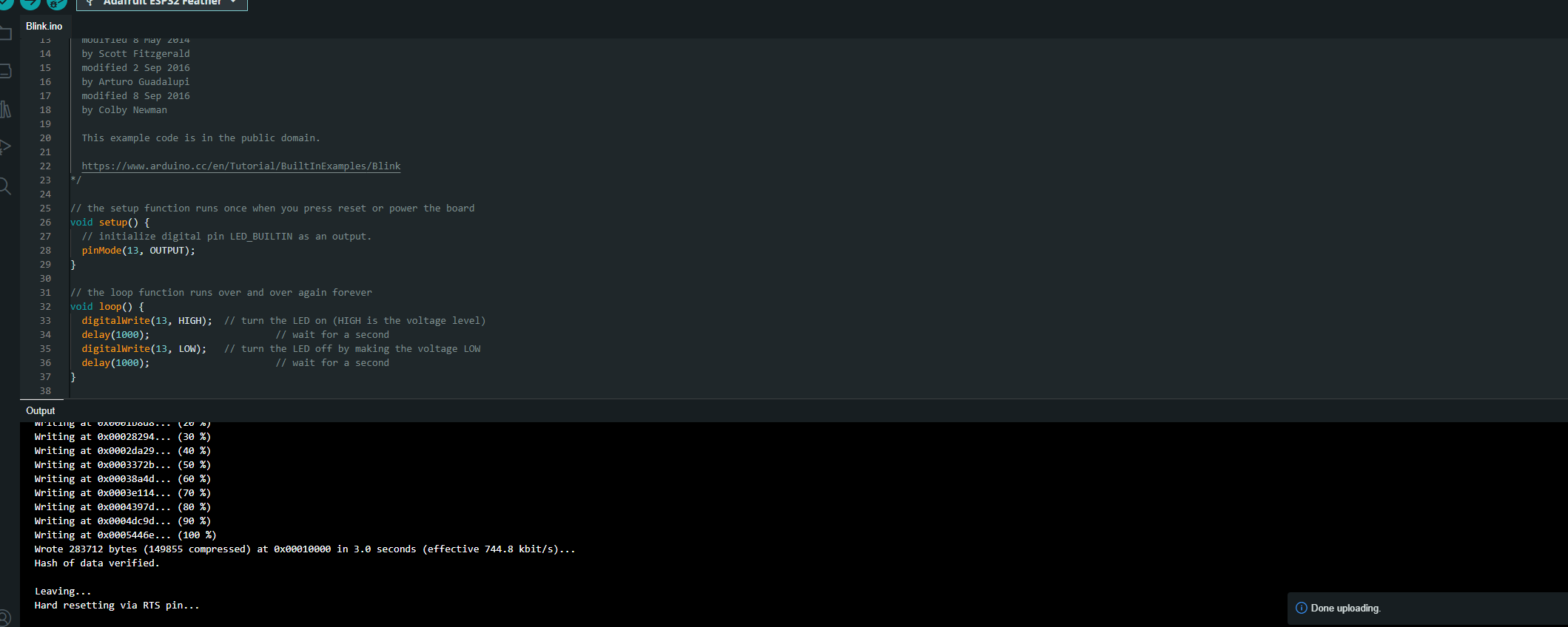
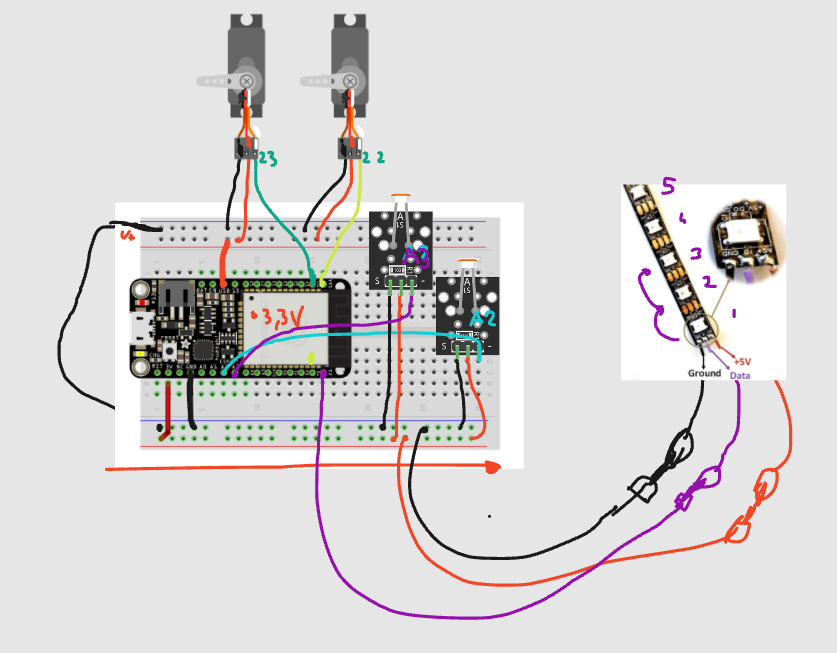
3. Bio-Bot
Bio Bot: A Living Machine with Memory
Bio Bot is an autonomous robotic entity that explores the boundary between synthetic intelligence and organic form. It moves on wheels, encased in a delicate rice paper "skin," creating an eerie yet natural presence.
At its core, Bio Bot’s intelligence is driven by an ESP32 microcontroller, programmed to respond to light stimuli using NeoPixel LEDs and servo-driven motion. A photoresistor continuously collects environmental data, processed with a memory-based filtering system. This ensures Bio Bot does not react instantly but instead remembers past inputs, allowing for smoother, more lifelike responses.
The bot’s movement follows a sinusoidal motion pattern, making it feel more organic compared to traditional robots. Its LEDs pulse in shifting hues, mimicking biological signaling as it navigates its environment.
By integrating adaptive memory, natural movement, and organic materials, Bio Bot blurs the line between machine and lifeform—a synthetic creature with an evolving awareness of its world.

Memory Code
